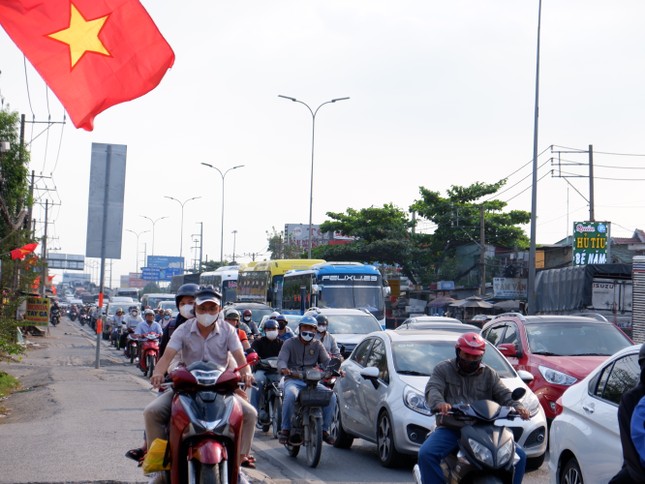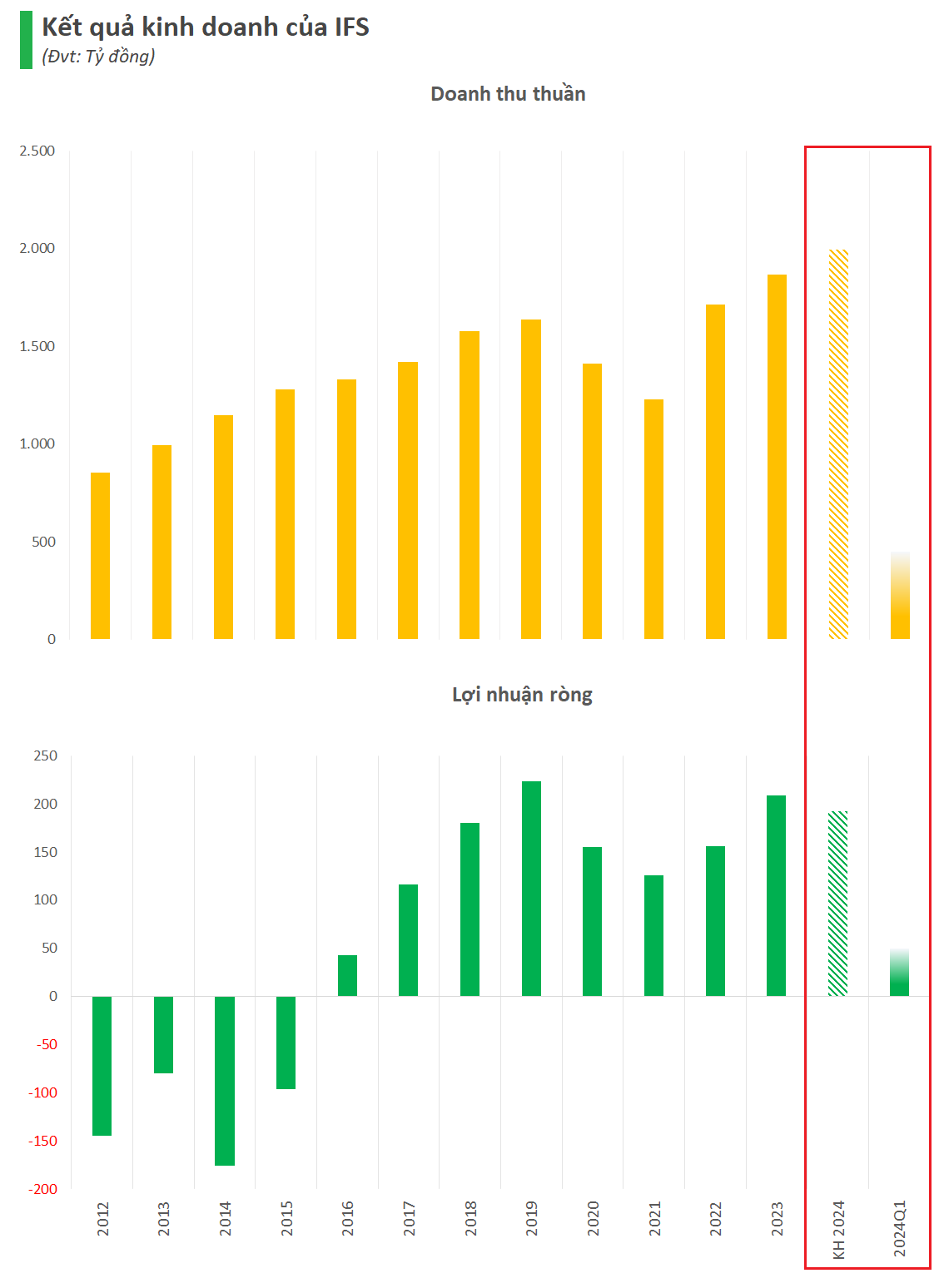At the 11th session held in late September 2023, the People’s Council of Ho Chi Minh City (HCMC) of the 10th term voted to approve the investment project list for construction, upgrading, expansion, and modernization of existing road works using the Build-Operate-Transfer (BOT) contract type.
Accordingly, there are 5 BOT projects with a total investment of nearly 44.6 trillion VND, including: Upgrading and expanding National Highway 13 (from Binh Trieu Bridge to the border with Binh Duong province); upgrading and expanding National Highway 1 (from Kinh Duong Vuong Street to the border with Long An province); renovating and upgrading National Highway 22 (from An Suong intersection to Ring Road 3); upgrading the North-South axial road (from Nguyen Van Linh Street to Ben Luc – Long Thanh Expressway); constructing the Binh Tien Bridge (from Pham Van Chi Street to Nguyen Van Linh Street).

National Highway 1 – the western gateway to Ho Chi Minh City is regularly congested during holidays and Tet.
For these projects, the state budget will participate with a ratio of 50% or more to clear land while the remaining 50% will be arranged by the investors for the construction phase.
Providing information on the progress of these projects, Mr. Tran Quang Lam – Director of the Department of Transport of HCMC – said that these are prioritized investment projects proposed after Resolution 98 was issued regarding the special mechanism that allows HCMC to apply BOT contracts to expand existing roads.
Currently, the Department of Transport is preparing the feasibility study report for the expected projects in the second quarter of this year, and it will be presented for the feasibility study report. After that, at the end of this year, the feasibility study report will be prepared and submitted to the competent authority for approval of the investment policy and organization of bidding to select investors. HCMC aims to start these BOT projects by 2025.
According to Mr. Lam, these projects are selected for prioritized investment based on 5 criteria: The nature and role of the roads; solving traffic congestion; preliminary evaluation of the financial feasibility of the project; the ability to attract investment capital from investors; the ability to balance the state budget’s participation in the project.
“Implementing BOT projects on existing roads is very complex. Previously, the law did not allow the implementation of BOT projects on existing roads. HCMC has requested a pilot project. We have carefully considered because it involves issues of rights and affects the people living on both sides of the road. During the study process, we hope to receive opinions and suggestions from the people to create consensus. For the common development goal, the city must invest in these works.
In order to invest in research, HCMC must conduct surveys, simulations, evaluations. Surely, it will be more effective after investment. The traffic capacity of the road and the surrounding road network must be better, contributing to the economic and social development and reducing congestion,” said Mr. Tran Quang Lam.
Evaluating the multi-billion BOT bridge projects
Mr. Tran Quang Lam, Director of the HCMC Department of Transport, also said that besides the above projects, the Department of Transport has also completed the study and presented to the appraisal council, and the Department of Planning and Investment is studying and appraising the construction projects of Can Gio Bridge and Thu Thiem 4 Bridge.
According to Mr. Lam, Can Gio Bridge has a total investment of over 10.5 trillion VND, implemented under the BOT contract, and is a transport infrastructure project connecting regions. The project will replace Binh Khanh ferry, connecting from Nha Be district to Rung Sac Road to the intersection between Rung Sac Road and Ben Luc – Long Thanh Expressway.
Similarly, Thu Thiem 4 Bridge is also expected to be invested under the Public-Private-Partnership (PPP) form, specifically the BOT contract type. The project’s total investment is about 6,030 billion VND (including 320 billion VND of loans). The project will go from Nguyen Co Thach Street (Thu Duc City) across the Saigon River to connect with Nguyen Van Linh Street (District 7), creating a traffic axis from the East to the South of HCMC.












